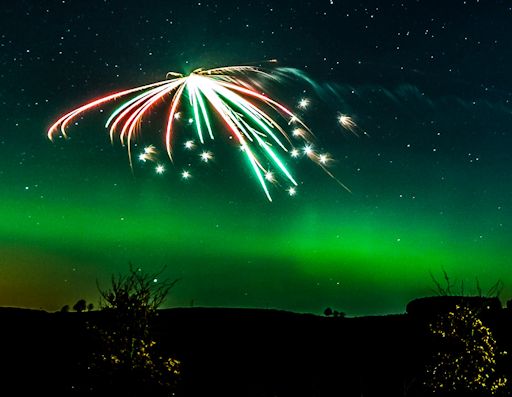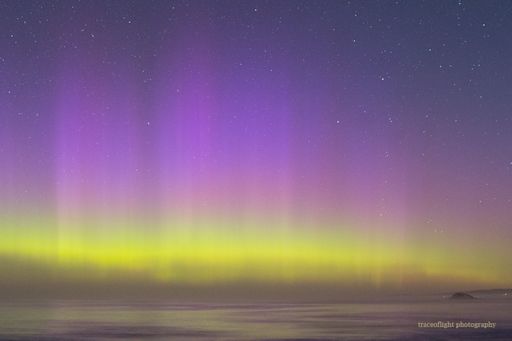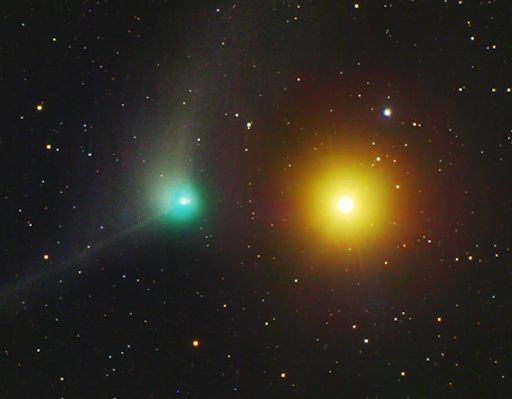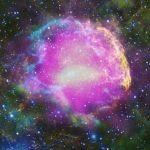New Year’s Geomagnetic Storm
NEW YEAR’S GEOMAGNETIC STORM: 2016 began with an explosion–not only of fireworks, but also auroras. On Jan. 1st, a G2-class geomagnetic storm sparked bright lights around the poles as revelers around the world were ringing in the New Year. In Glenfarg, Scotland, fireworks crackled against a backdrop of green:
“Our neighbours let off some fireworks for the New Year,” says photographer Stuart Walker. “They were modest compared to the organized display in Edinburgh, but looked great alongside the ongoing aurora.”
The storm was the result of a CME strike on New Year’s Eve (Dec. 31 @ 00:30 UT). At first the CME’s impact had little effect. Indeed, we initially ruled it a “dud.” But as Earth moved deeper into the CME’s wake, solar wind conditions shifted to favor geomagnetic activity.
The very first sighting of auroras in 2016 may have come from Taichi Nakamura, across the International Date Line in Dunedin, New Zealand:
“It was a beautiful treat to see the auroras kick off the New Year,” says Nakamura. “The display began after midnight and kept glowing with waves and beams until morning twilight painted light over the aurora. It is summer now in New Zealand and my four year old son was delighted to come with me as it is warm even at night.”
Those were the first auroras of 2016. Ready for seconds? NOAA forecasters estimate a 75% chance of more polar geomagnetic storms on Jan. 1st, subsiding to 45% on Jan. 2nd as Earth moves through the wake of the CME. Aurora alerts: text or voice
GREEN COMET MEETS ORANGE STAR: On Jan. 1st, Comet Catalina had a close encounter with Arcturus in the early morning sky. Chris Schur of Payson AZ woke up before dawn to photograph the green comet beside the orange star:
“A really nice photo-op this morning, with the 6th magnitude comet nearly on top of Arcturus,” says Schur. “Fortunately, the comet’s tail pointed away from the all too brilliant star, and made for a stunning portrait.”
Arcturus is an orange giant star 37 light years from Earth. Comet Catalina is much closer, only 0.00001 light years from Earth. The comet gets its green color from the gases in its atmosphere–especially diatomic carbon (C2), which glows green when illuminated by sunlight in the near-vacuum of space.
Comet Catalina will remain in the neighborhood of Arcturus for the next couple of nights as it glides through the constellation Bootes. Observing tips and sky maps may be found in this article from Sky and Telescope.
Realtime Spaceweather Photo Gallery








